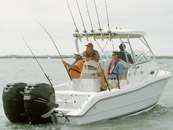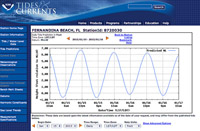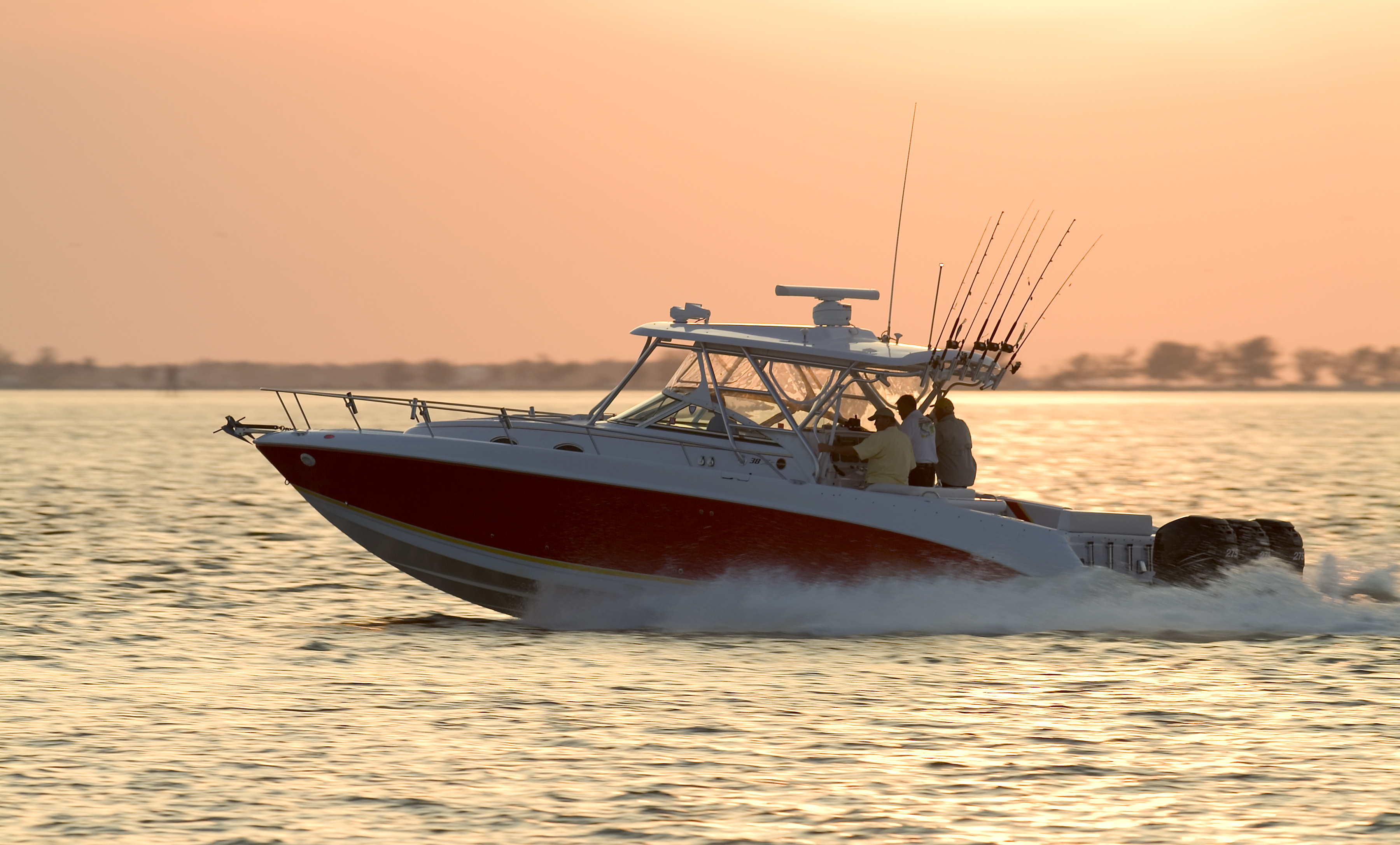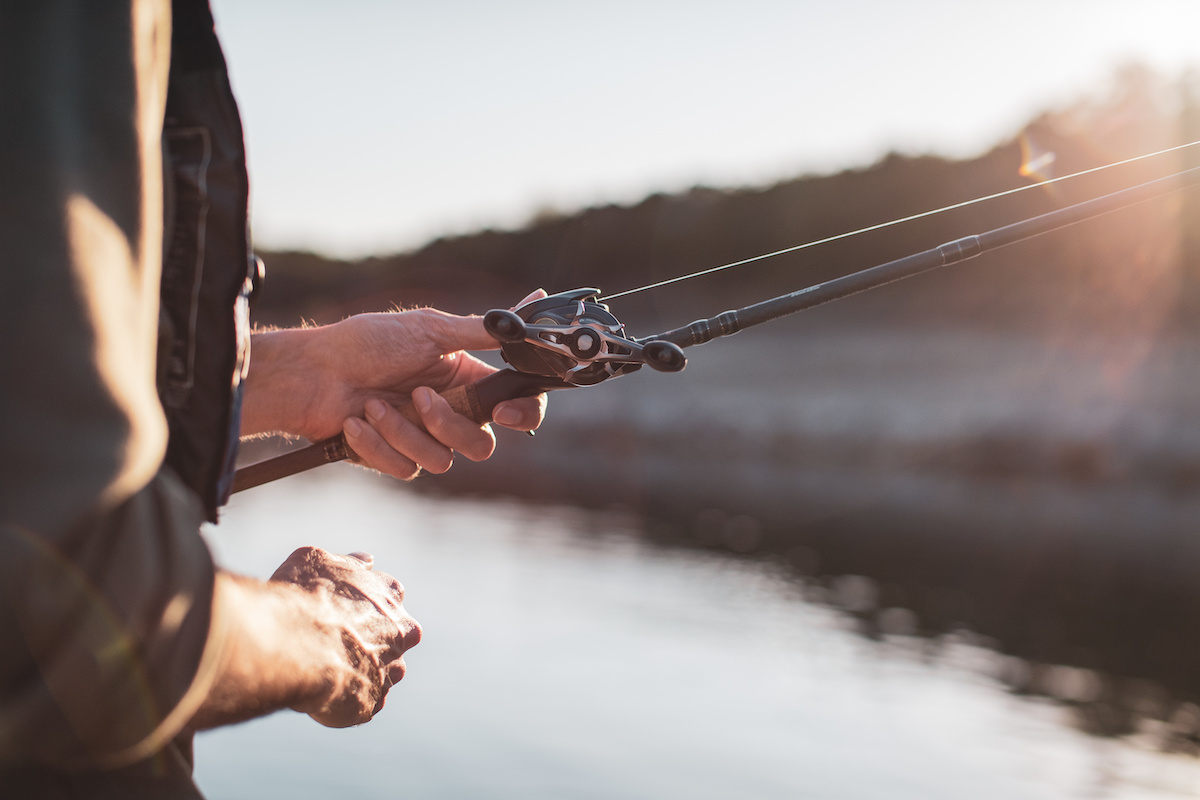 If you fish near the coast, you always have to be aware of (and plan around) the ebb and flow of tides. And what can make your fishing expedition even more challenging is that tides don’t just make the water go up and down, they actually change the feeding habits of the fish and, more importantly, the areas where you’ll find them.
If you fish near the coast, you always have to be aware of (and plan around) the ebb and flow of tides. And what can make your fishing expedition even more challenging is that tides don’t just make the water go up and down, they actually change the feeding habits of the fish and, more importantly, the areas where you’ll find them.
So, instead of the "hot spots" or "honey holes" your inland anglers may know like the back of their hand after countless hours of "research," coastal fisherman have an additional factor to consider — they have to anticipate where the fish will be on a rolling 6-hour schedule of water moving up and down. Not to say one is harder than the other, but that in either case, you’d better know what you’re doing or you will wind up doing more fishing than catching.
 GET A TIDE CHART
GET A TIDE CHART
Back in the day, you would get a tide chart as a placemat under your plate at any early-morning breakfast place anywhere near a coastal launch ramp or marina. Now, you’re likely better served with a smartphone app with an up-to-the-minute calculation of your exact area’s daily tide schedule. The iPhone app Tide Graph is pretty solid, although not recommended as a navigational aid. There are, of course, four tides over any given 24-hour period (two highs and two lows), and what you are looking for is a graph-style chart with a wavy line showing highs at the top of the curve and lows at the bottom. Your best shot at the fish will be right in the middle between high tide and low tide.
GET ON THE BAIT
Much like the quote widely (and erroneously) attributed to Willie Sutton — "I rob banks because that’s where the money is." — you need to find the buffet where your fish species likes to dine. That means tracking down the areas where smaller fish and crustaceans will be pushed along with the incoming or outgoing water. Willie knew where the money was, and your predator fish will know where they can get breakfast. Likely spots for this will be creek or river inlets or where the flow of the water is at an angle, hitting a peninsula or sandbar. This is where "flats" fisherman find their happy place, especially as an incoming tide covers up previously exposed areas.
GO WITH THE FLOW
As the tide starts to ebb, the smaller fish that had been washed up into the flats have to head to deeper water or risk getting stranded high and dry on land. That’s when you start looking for a deep channel right next to the flats. It’s usually right where the wettest area is, because that’s where the last water was. As the water continues to drop, you should be able to see where and how the outflow is moving. If you can see it, so can your target species. Make sure you’re securely anchored and start casting upstream, so your bait can enjoy the ride down into the waiting chompers of the predator fish that will be facing the current. Catch fish. Celebrate. Repeat.

